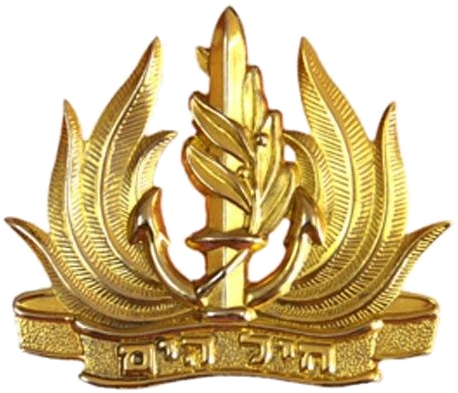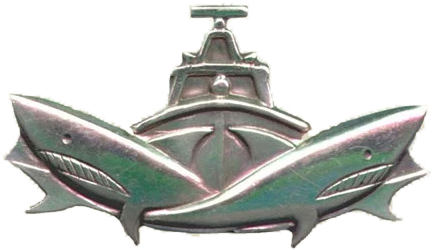Source: Iran calls US cyber attack unsuccessful, warns it could repeat drone downing | The Times of Israel
Meanwhile White House said drafting plans for possible further cyber action: targeting Iranian navy and seeking to foment unrest elsewhere in the nation

An Iranian minister said Monday that the US was unsuccessful in its cyber attacks against Iran this week after Tehran downed an American surveillance drone.
“They try hard, but have not carried out a successful attack,” said Mohammad Javad Azari Jahromi, Iran’s minister for information and communications technology, according to the Reuters news agency.
“Media asked if the claimed cyber attacks against Iran are true,” he said. “Last year we neutralized 33 million attacks with the [national] firewall.”
On Sunday the New York Times reported US military and intelligence officials are drafting plans for additional cyber attacks against Iranian targets.
Current and former officials told the Times the White House is drafting a wide range of covert operations that include disabling Iranian boats used to conduct shipping attacks in and around the Strait of Hormuz, as well as unspecified efforts to stoke unrest inside the Islamic Republic. The White House may also be exploring ways weaken Iranian proxy groups in the region, the officials said.
A former US military commander told the Times that if the Pentagon or Central Intelligence Agency pursued one of the options, there would not be “crystal-clear attribution” the US was responsible.
Tensions between Washington and Tehran have flared since Iran on Thursday shot down the US drone. Iran said the drone violated its airspace — a claim the US denies — near the strategic Strait of Hormuz.
Iranian Navy chief Rear Admiral Hossein Khanzadi on Monday warned the country could carry out similar actions in the future. “This firm response can be repeated, and the enemy knows it,” he said, according to a report in the Tasnim news agency translated by Reuters.

In response to the drone’s destruction, the US was ready to carry out a military strike against Iran but US President Donald Trump said he called it off at the last minute after being told some 150 people could die.
The aborted attack was the closest the US has come to a direct military strike on Iran in the year since the administration pulled out of the 2015 international agreement intended to curb the Iranian nuclear program and launched a campaign of increasing economic pressure against the Islamic Republic.
But after the drone’s downing, Trump secretly authorized US Cyber Command to carry out a retaliatory cyber attack on Iran, The Washington Post reported Saturday.
The attack crippled computers used to control rocket and missile launches, according to the Post, which cited people familiar with the matter.
Yahoo cited two former intelligence officials as saying the US targeted a spying group responsible for tracking ships in the strategic Strait of Hormuz, where Washington has blamed Iran for two recent mine attacks on oil tankers.

The Post said the cyber strikes, which caused no casualties, had been planned for weeks and were first proposed as a response to the tanker attacks. US defense officials refused to confirm the reports.
Azari Jahromi said the attacks on Iranian computer networks over the weekend were “cyber-terrorism, like Stuxnet,” referring to a virus discovered in 2010 which is believed to have been engineered by Israel and the US to damage nuclear facilities in Iran.

Tehran is believed to have stepped up its own cyber capabilities in the face of US efforts to isolate the Islamic Republic.
Trump last year left a multinational accord curbing Iran’s nuclear ambition. His administration has instead imposed a robust slate of punitive economic sanctions designed to choke off Iranian oil sales and cripple its economy.
On Saturday, Trump said the US would put “major” new sanctions on Iran on Monday.
Meanwhile, Iran has denied responsibility for attacks on tankers in Gulf waters, and a top military official on Saturday pledged to “set fire to the interests of America and its allies” if the US attacks.
Iranian President Hassan Rouhani on Sunday said the international community must react to the “intrusion” of the US drone, and Foreign Minister Mohammad Javad Zarif accused allies and advisers of the US president, including US National Security Adviser John Bolton, Israeli Prime Minister Benjamin Netanyahu, and Saudi Crown Prince Mohammed bin Salman, of being “moments away from trapping Donald Trump into a war.”













Recent Comments